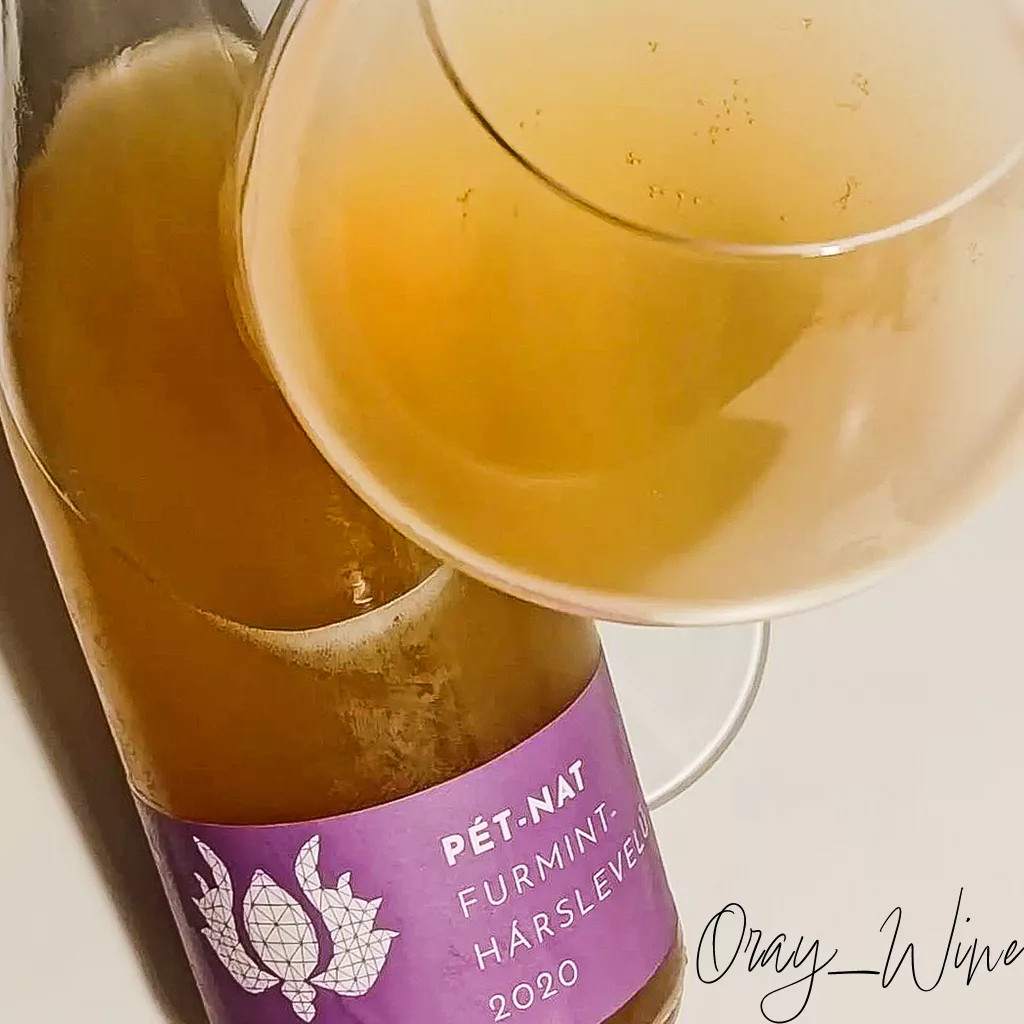
The term “Methode Ancestrale” is a French word that can be translated as “Ancestral Method” and is often referred to as ‘Pet-Nat’ (abbreviation for ‘Petillant Naturel’). It is used to describe a particular method for making sparkling wines. It is different than the “Methode Champenoise” used to make Champagne, sometimes called “Traditional Method” (click here to learn more about the traditional method). It is also different from the Tank Method, also known as “Charmat-Martinotti Method” (click here to learn more about the Charmat-Martinotti method).
In the 16th century, wine was bottled when fermentation was only partially complete. In the spring, warming temperatures revived the yeast and fermentation ended inside the corked bottle, trapping carbon dioxide.
These sparkling wines were originally cloudy, due to dead yeast cells remaining trapped in the bottle.
Today, this original method of production is only used by a small handful of small artisanal producers. The majority of producers using the Ancestral Method ferment their wines in vats and cool the wine as soon as it reaches 6° alcohol level. This allows the fermentation to be temporarily halted in order to bottle the wine. Fermentation can thus resume in the bottle as soon as the temperature rises. The fact that the end of fermentation takes place in the bottle will allow the CO2 released to be integrated into the wine to form the bubbles that will give all its sparkle to the final wine.

What to expect from it?
It has to be noted that although this production method has been revived in recent years, there are no regulations about it. Therefore, there are some degrees of variability from country to country for wine labeled as ‘Pet-Nat’.
Furthermore, because there is no intervention in the fermentation process once the bottle has been sealed, the outcome can vary. For example, fermentation will frequently slow or halt after a few months because the yeast becomes unviable after this time and due to a shortage of yeast nutrients, resulting in a sweeter wine. It is also quite frequent for the fermentation to start up again later.
Therefore, the final results are difficult to predict for the producer as they are highly variable among bottles from the same vintage. Some bottles will have higher pressure and less residual sugar, while others will have lower pressure and more residual sugar (if the yeasts have been killed due to bad customer cellar conditions).
Finally, these wines are bottled without additional SO2. They are generally cloudy in the customer’s glass (which is not a fault but can be misconsidered by customers due to their appearance). They are low in alcohol and show unconventional flavors that range from tropical fruits to cider aromas.

Follow me on my Social Media
Wine is a gourmet treasure, do not abuse alcohol!
None of this content has been sponsored
I did not receive any gifts or free samples that could be related to this article